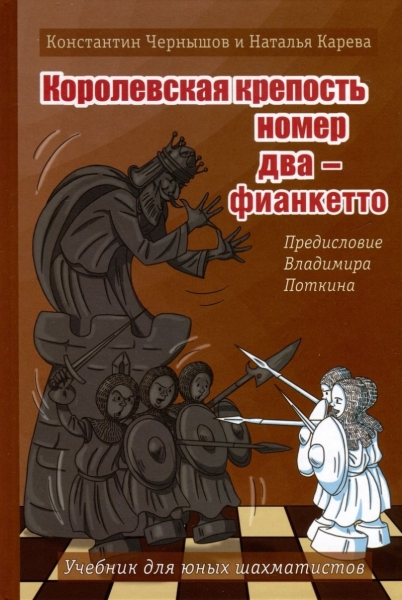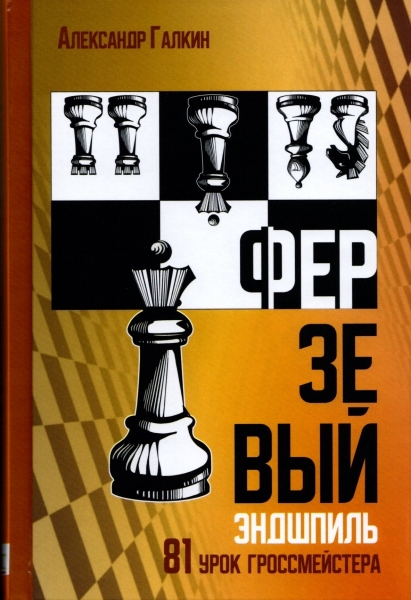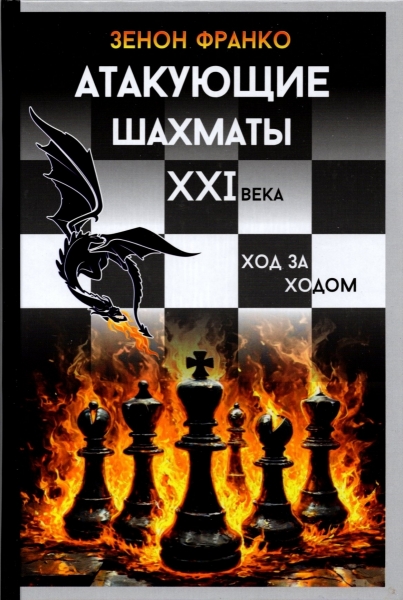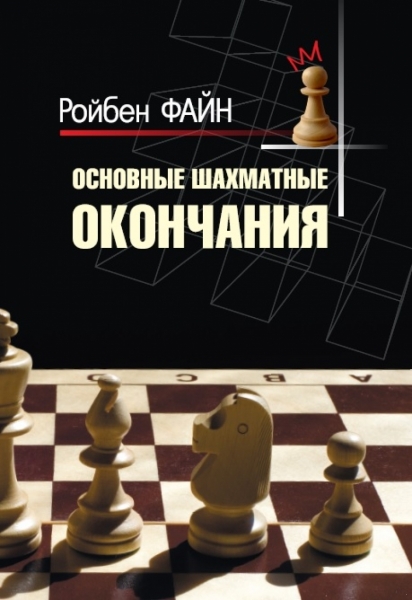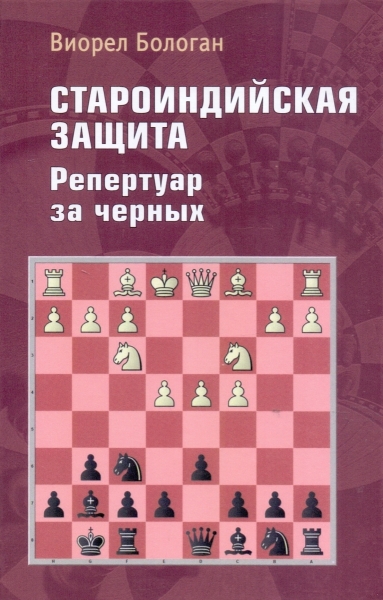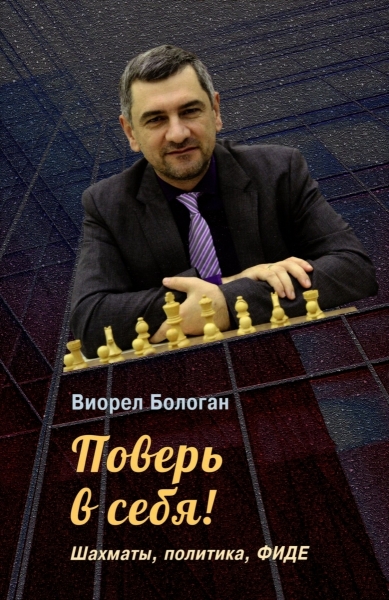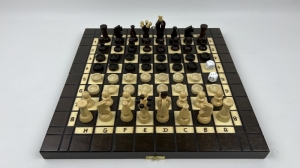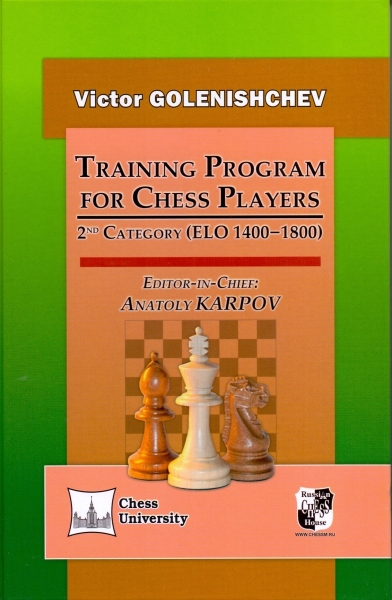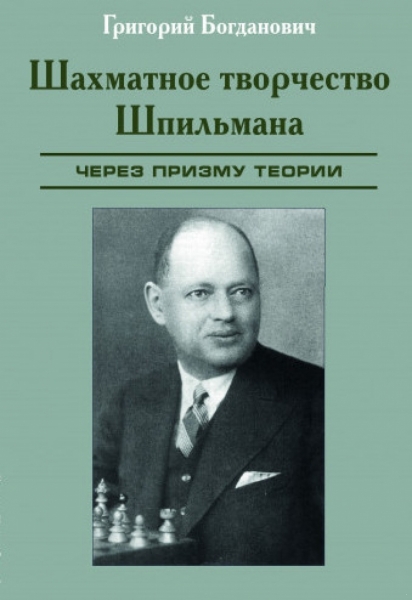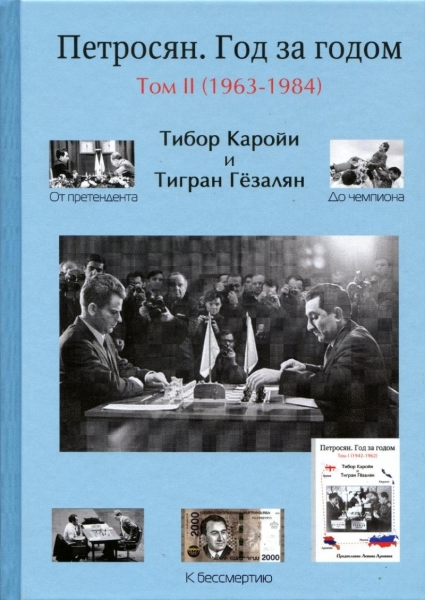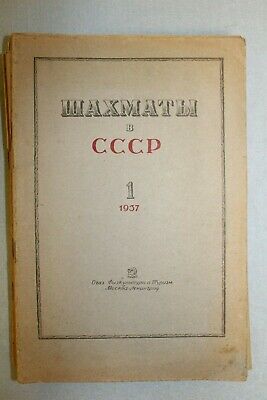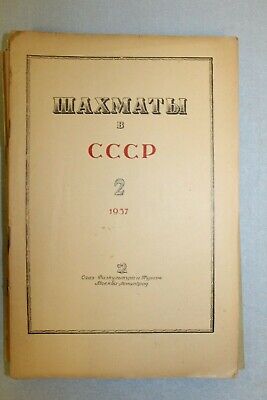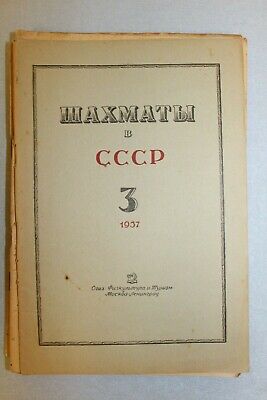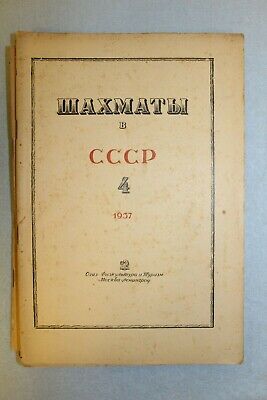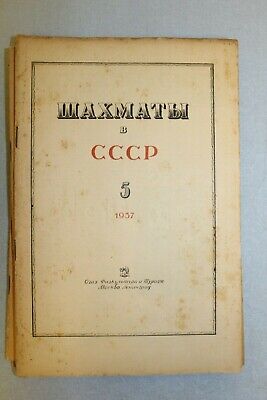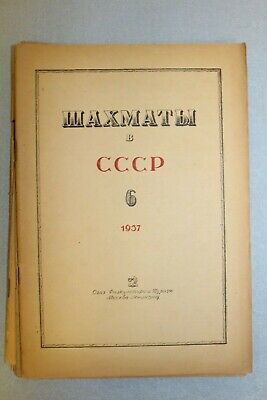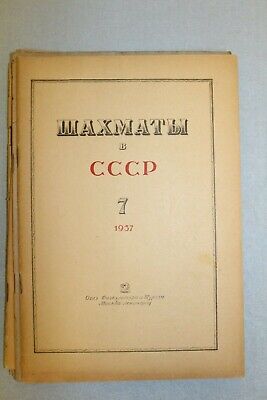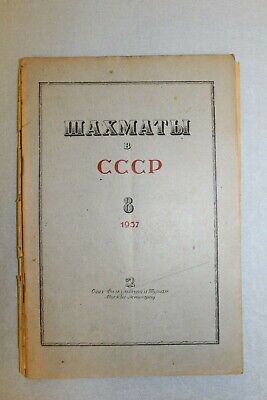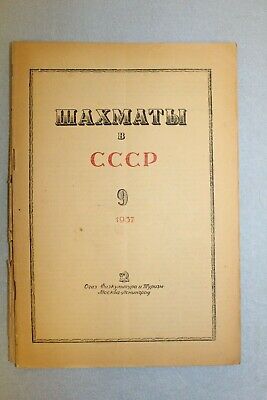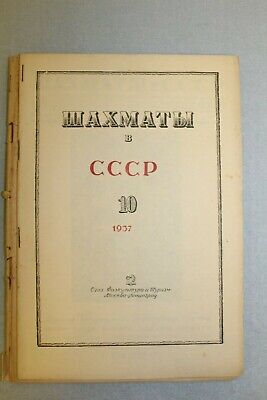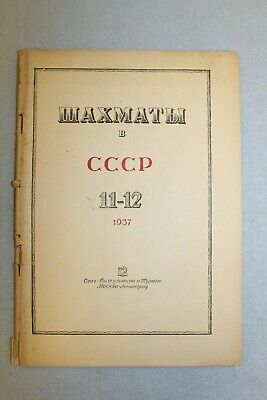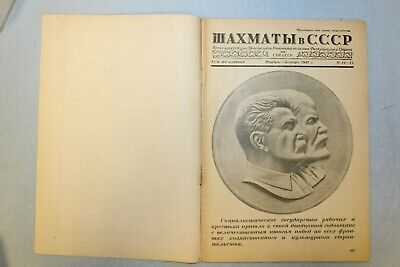Soviet Magazine: Annual Set of 12 Issues of “Chess in the USSR-1937”
Description:
Complete yearly set of issues of the Chess in the Published: OGIZ Phiskultura I Turism, Moscow-Leningrad, 1937 Language: Russian Chess in the USSR-Soviet chess monthly magazine, the printed body of the Chess Federation of the History 1921: began publication "The Sheet of the Chess Club Petrovskomu". The first issue on 20 April (and all subsequent) was a piece: on the front side was given two game of chess, two chess and chronicle of events was located on the reverse side. The circulation was 200 copies By the end of the year was released 34 of the sheet (print up to 500 copies), and then publication was suspended. August 1922: the publication was renamed "Chess sheet" and became a magazine, an organ of the 1931: from the 13th issue the magazine was named "Chess in the 1941-1945: during the war the magazine was not published. 1992: after the collapse of the 1995: renamed Chess in 1999: the journal was discontinued. Арт ек22
-
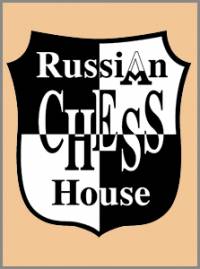 The life of a chess player in the system. Memories of the grandmaster
Author:
The life of a chess player in the system. Memories of the grandmaster
Author:
Averbah 45.00 $ -
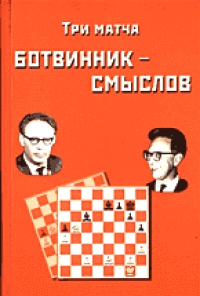 Три матча Ботвинник-Смыслов
Author:
Три матча Ботвинник-Смыслов
Author:
Botvinnik 45.00 $ -
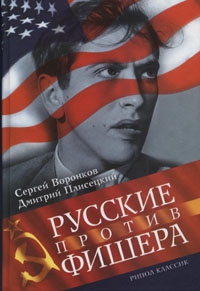 Russians vs Fisher
Author:
Russians vs Fisher
Author:
Voronkov 65.00 $ -
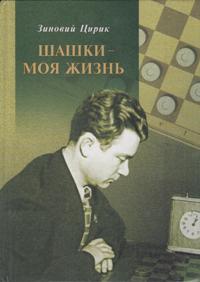 Checkers is my life
Author:
Checkers is my life
Author:
Ciric 87.50 $ -
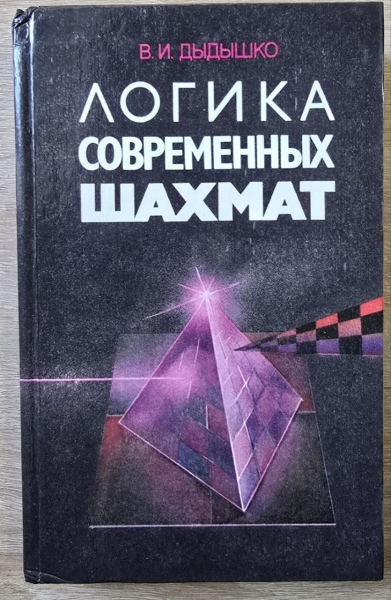 The logic of modern chess
Author:
The logic of modern chess
Author:
Dydyshko 72.50 $ -
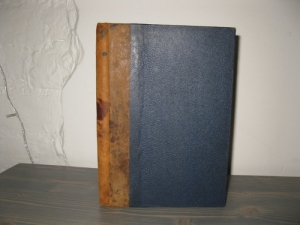 Siegbert Tarrasch. The Queen
Author:
Siegbert Tarrasch. The Queen
Author:
Tarrash 72.50 $ -
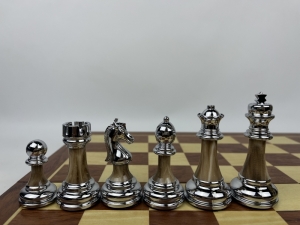 High quality acrylic metal heavy chess pieces with wooden board
202.50 $
High quality acrylic metal heavy chess pieces with wooden board
202.50 $
-
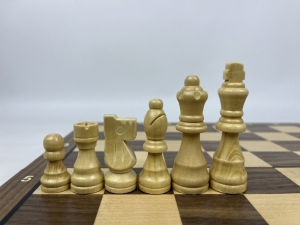 Wooden magnetic Staunton chess with a lock (silver)
56.25 $
Wooden magnetic Staunton chess with a lock (silver)
56.25 $
-
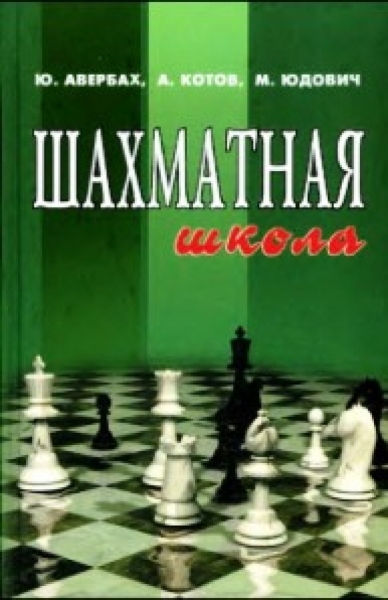 Chess school
Author:
Chess school
Author:
Averbah 15.00 $ -
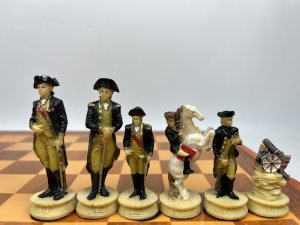 The chess set of The Chessmen. US war - Great Britain
325.00 $
The chess set of The Chessmen. US war - Great Britain
325.00 $
 Русский
Русский  Английский
Английский 